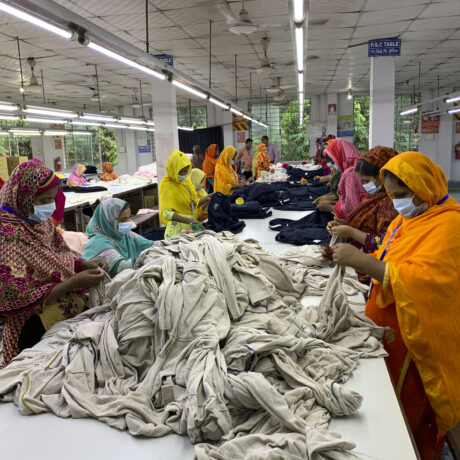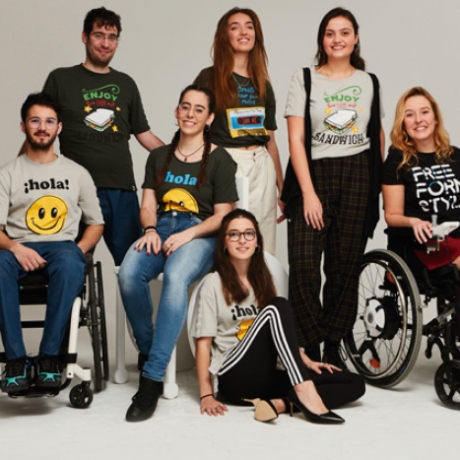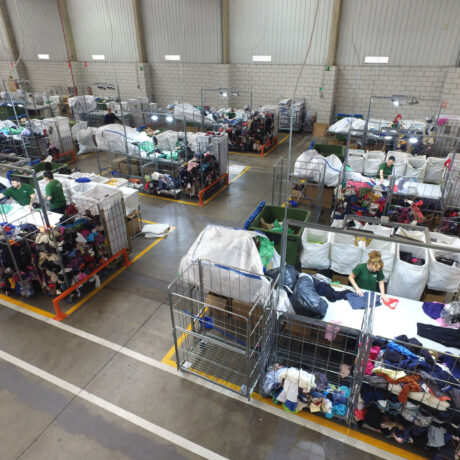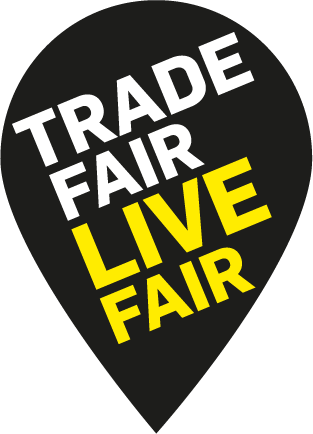How Fair Trade Creates Greater Transparency in Fashion
#WhoMadeMyClothes? Glad you asked.
It’s been five years since the Rana Plaza factory collapsed in Bangladesh, killing 1,138 people and injuring thousands more. But people around the world are still suffering as a result of how fashion is made, sourced, and purchased. It’s more important than ever that we as conscious consumers slow down to find out who’s behind our clothes and how our spending habits are affecting them.
This Fashion Revolution Week, (April 23-29), people are asking #WhoMadeMyClothes to better understand the lives behind their favorite labels. Brands and shoppers that have opted for Fair Trade Certified clothes will be able to share the kinds of stories the world wants to hear. If you wear Fair Trade, you have a hand in the making of these stories too. Read on to learn how Fair Trade helps create the kind of transparency the fashion world desperately needs.
We believe the more awareness we can bring to the stories behind our clothes, the more impact we can have across the fashion industry to raise standards for workers and for the environment. Your curiosity, your voice, and your shopping habits are more powerful than you know.
Let’s tell a better story by choosing Fair Trade.
Fair Trade promotes accountability.
Fair Trade certification isn’t just about checking boxes; it’s an ongoing, rigorous process. Every single year, the garment factories we work with are audited against Fair Trade standards, which include requirements for everything from harassment-free workplaces to safe working conditions, protection of fundamental human rights, paid sick and maternity leave, sustainable production and trade, and fair management of funds to improve farms, factories, businesses, and lives. They’re audited against those standards every year in order to maintain Fair Trade certification.

Fair Trade makes workers’ voices heard.
A few seamstresses who were working at Rana Plaza when it collapsed are reported to have tried to talk to a manager about their concerns with the building’s structural integrity shortly before it crumbled. Those concerns were brushed off.
Fair Trade standards create dialogue between workers and management, and rigorous standards for fair grievance procedures and worker empowerment give workers a voice in the workplace and the community.
“I really appreciate all the standards in place that make this a great workplace,” says Alka Nim, 28, who works as a tailor in Pratibha Syntex in India. “Things like air conditioning, water coolers, fixed hours, and transportation are not a given at other garment factories. Caste, status, and sexual harassment are not a problem here either.” Alka has been at the factory for nine years and has worked her way up to membership on the factory’s Fair Trade Committee, where she is proud “to help the workers have a voice and to find ways to improve benefits.” In 2014, she passed a proposal to purchase rain coats to help keep commuting workers dry during the rainy season. Her proposal was accepted by the rest of the Fair Trade committee, and because of Alka, workers are no longer coming to work wet and having to work in wet clothes. Fair Trade empowers workers like Alka to make choices for the good of themselves and their community, regardless of gender, status, position in society, or position on the globe.

Fair Trade connects purchase to impact.
Fair Trade works with a wide range of producers, each with their own unique set of challenges, like lack of access to drinking water and transportation to and from work. Working in a Fair Trade Certified facility doesn’t completely shelter workers from challenges—though it does eliminate many of the root causes of difficulties workers face such as discrimination, exposure to toxic chemicals, and child or slave labor. It does, however, equip workers to come together, discuss problems, and have the means to invest in solutions.
Each time a piece of Fair Trade Certified clothing is sold, workers earn additional money called Community Development Funds. Workers then vote as a community how to invest the funds in important community projects, such as clean water and medical care. This unique piece of the Fair Trade model is designed to close the gap between you and the people behind your products.
Keep asking yourself and your favorite how those purchases are impacting real lives.

Read more about Fair Trade USA








